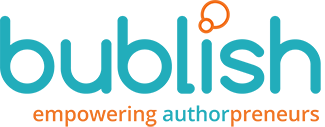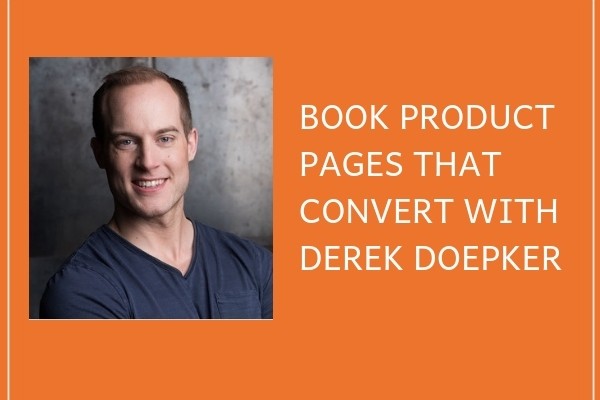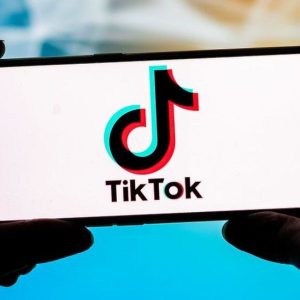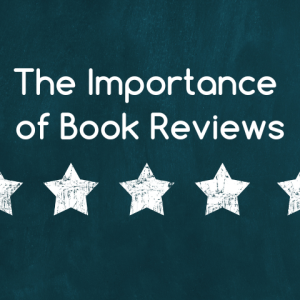Raise your hand, if you’ve never purchased a product online. That’s what I thought—no hands—so let’s talk about online shopping. For today, set your inner shopper free.
Think about the last time you bought something online—a new outfit, pair of shoes, music, a movie, a vacation, a bottle of wine, gardening supplies, furniture…or a book. Chances are your shopping journey ended on a product page where you assessed a few products or just one. What influenced your decision? Was it the image? The price? The reviews? The description of the product? Perhaps a combination of these product-page elements influenced whether you purchased the product or not.
Our guest on yesterday’s webinar, 7-time Bestselling Author Derek Doepker, talked about the five elements on your book’s product page that you need to optimize in order to convert online shoppers to buyers. They are:
Cover—Even a professional cover can hurt your book sales, if it doesn’t fit the expectations of readers in your genre. This goes back to a theme that Derek repeated often during the webinar: understand what readers in your genre like and expect. He suggests studying the covers and product pages of at least 10 titles in your genre…and…testing out multiple covers with readers before finalizing.
Title—Is the title of your book clear? It’s fun to intrigue readers with a creative title, but be sure your title doesn’t confuse readers. Is your title genre appropriate? When readers visit your product page, they will ask, “Is this book for me?” If they can’t answer “yes” very quickly, then you will lose the sale. Also, consider subtitles—even for fiction books. A clear subtitle can help readers understand what your book is about quickly.
Reviews—No surprise here. Reviews matter—both reader reviews (that give you those little gold stars) and editorial reviews (from book bloggers, traditional reviewers, influencers, etc). If you have every element right on your product page, but no reviews (or poor reviews)…you’re going to lose book buyers. Reviews tell shoppers that your book is worth their time and money.
Description—The biggest problem with descriptions is that all too often they outline the entire plot of the book. Your book description needs a strong opening to hook the reader and plenty of emotional language (for fiction) or relevant info (for nonfiction) to compel the reader to buy. Remember, this is sales copy. Keep the writing tight and test out multiple versions on readers.
Price—Look at other books in your genre to find a reasonable price range. Test your price often, especially for eBooks. See if a price change increases sales. As shoppers have moved online for much of their book buying, they have become more price sensitive. Don’t ruin an otherwise well constructed product page with an outrageous price that will turn off book buyers in your genre. Study your competition and set a competitive price for your book.
Book bubbles are a great way to drive readers to your book’s online product pages, so don’t forget to write a book bubble for Bublish’s Weekend Reader Marathon and Floating Bookstore. Before you do, make sure your book’s online product page is fully optimized to convert visitors. If you’ve never tried Bublish, head over to bublish.com and start a free trial.




